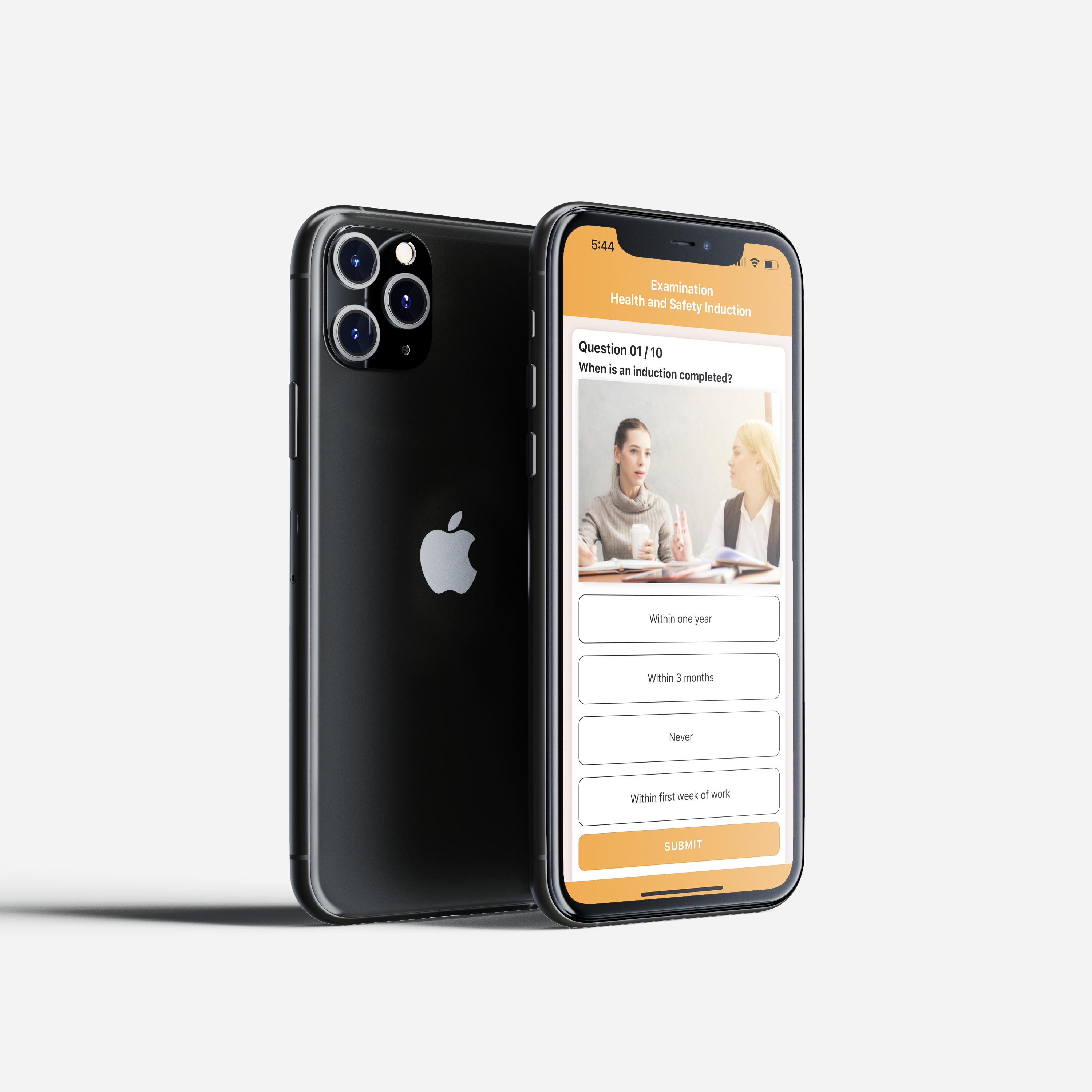
Risk Assessment Unleashed: Empowering Businesses with Our Cutting-Edge Software
Effectively managing risks is crucial for the success and sustainability of any organisation. Recognising this
Health and Safety Software » Health and Safety » The Importance of Occupational Hearing Assessments

NIHL is a permanent hearing loss that is caused by exposure to loud noise over time. It is one of the most common occupational diseases in the world, and it can have a massive impact on workers’ quality of life.
How occupational hearing assessments work
Occupational hearing assessments are usually conducted by a qualified audiologist. The audiologist will ask the employee about their noise exposure history and then perform a series of tests to measure their hearing. The most common test is a pure tone audiogram, which measures the employee’s hearing thresholds at different frequencies.
Benefits of occupational hearing assessments
How often occupational hearing assessments should be conducted
The frequency of occupational hearing assessments depends on the employee’s noise exposure level. Employees who are exposed to high levels of noise should be tested more often than employees who are exposed to lower levels of noise.
Guidelines for the frequency of occupational hearing assessments
If an employee’s hearing assessment shows signs of NIHL, the employer should take steps to protect the employee’s hearing. This may involve providing the employee with hearing protection, moving them to a quieter work area, or implementing other engineering controls to reduce noise exposure.
The employer should also monitor the employee’s hearing regularly to ensure that their NIHL is not progressing.
Additional tips for employers
By providing hearing assessments for their employees and following the tips above, employers can help protect their workers’ hearing and save them money in the long run.
The iProtectU health and safety software provides:
Arrange your demonstration
Let us show you how we can transform your compliance management
Choose a date and time for your demo (no obligation) and we will be in touch.

Effectively managing risks is crucial for the success and sustainability of any organisation. Recognising this

Artisan Environmental recently marked two decades of delivering specialist asbestos consultancy, inspection and health &

iCertifyU is an App which provides free eLearning for everyone, whether you are an employee,

According to recent research, almost half of UK tradespeople view asbestos as a problem of

31st October 2025 represents the deadline for organisations to transition their Information Security Management System

According to a recent head protection survey, only 15% of workers who should be wearing